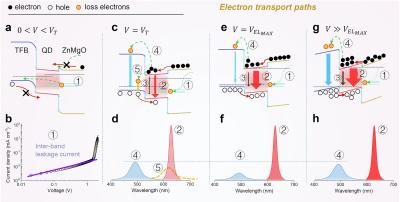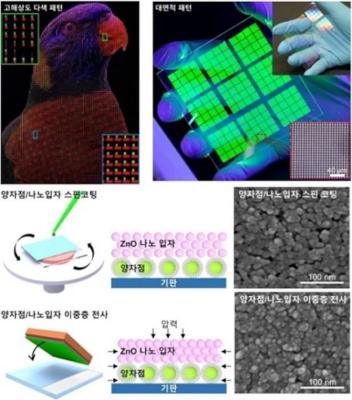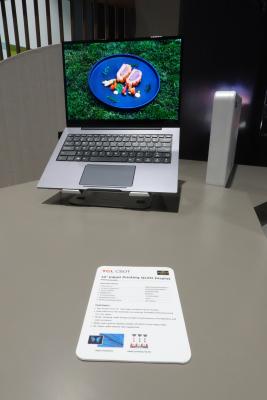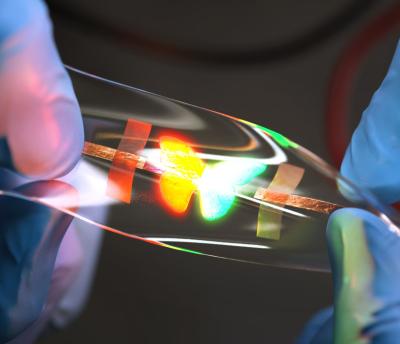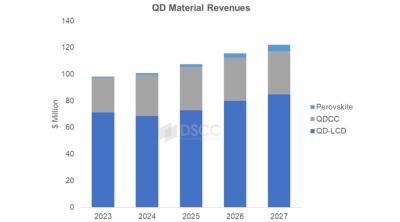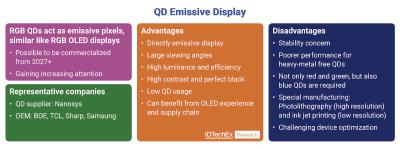Avantama set to sell its perovskie quantum dot IP portfolio
Material developer Avantama announced that it is set to sell its entire perovskite QD IP portfolio. The company says that it has managed to bring the technology to market-readyness level, and is looking for a company that will bring it to market.
Ocean Tomo Transactions (a part of J.S. Held) will be representing Avantama in the sale of its pQD IP portfolio. The company has developed over 220 IP assets, which includes patents on processes, compositions, formulations, films, and devices for the commercialization of semiconductor nanoparticle and quantum dot inks and films.


